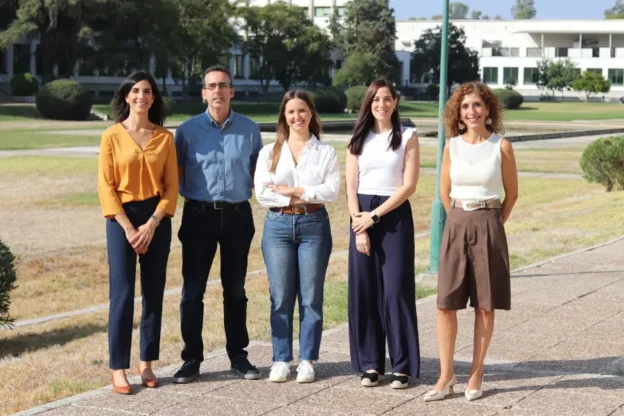Recently, a research team from the Chemical Institute for Energy and Environment (IQUEMA) of the University of Cordoba has succeeded in transforming sewage sludge from wastewater treatment plants generated during the wastewater treatment process into sulfur batteries capable of tripling the storage capacity of traditional lithium-ion batteries.
How are these sulfur batteries created?
The project was developed from sludge generated at the Villaviciosa wastewater treatment plant in Cordoba, managed by the public company EMPROACSA. Thanks to a biological technology known as biodiscs, the final sludge contains a specific mixture of organic matter, metals, phosphorus and nitrogen, an ideal composition for its transformation into activated carbon, an essential matrix for conducting energy in batteries.
The residue, initially foul-smelling and pasty, is dried and pulverized, treated with potash to make it more porous and subjected to pyrolysis at 800 °C, converting it into an electrochemically active carbon. The carbon is then
Why is this so important?
Because it turns a problem into a solution with a double environmental benefit. Instead of seeing sewage sludge as simply a worthless and costly waste to manage, it can now be seen as the basis for making more sustainable batteries.
Unlike other organic wastes (such as olive shells or pits) that are already used for compost or energy, sludge had no noble use and its reuse as a battery base represents an opportunity for both waste management and the energy industry.
Source: University of Cordoba

